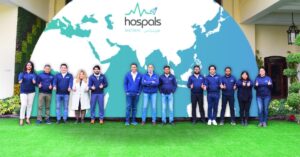Design is everywhere. It’s in the app you swipe through. The dashboard you track your work in. The deodorant you – hopefully – apply. With every design, it’s a matter for designers to stay one step ahead of us. They work now on the designs we’ll be using tomorrow. It requires a crystal ball. But lacking that, an innovative mindset is crucial. To discover what it takes, three tastemakers from the design world share their views on what innovation entails.
Blue Tulip Awards merging design and innovation
With Blue Tulip Awards, Accenture has been unearthing the most cutting-edge innovations for almost fifteen years now, focusing on the UN’s Sustainable Development Goals. Design has been an important part of many solutions. So we spoke with innovators in the world of design and fashion Sjoerd Hoijinck of Van Berlo design agency, Anne-Ro Klevant Groen of Fashion for Good and Harold Smeeman of Lalaland to get a sneak peek into the designs of tomorrow.
Get to know the amazing finalists here
Sjoerd Hoijinck is Design & Innovation Director at internationally known design agency Van Berlo. They serve clients all over the world from their offices in Eindhoven and The Hague, where they have 100 engineers, developers, designers, all creative minds, working on whatever the future holds. And that future is technology-enabled.
“My background is in design, but I have also studied mechanical engineering for some time”, says Hoijinck. “Having one foot in tech and another in arts perfectly positions designers where the two intersect. Cultural trends, and currently sustainability are the key drivers for design and innovation. But the role for new technologies enabling and accelerating innovation can hardly be overestimated.”
Van Berlo: designers as strategic partners
In the twenty years Hoijinck has been working for Van Berlo, he witnessed a lot of changes. Especially at his own workplace, which grew from a small boutique studio to an internationally operating force to be reckoned with. “In the past, designers were often asked to create something following a briefing. But these days we are a strategic partner to our clients, helping them to navigate an uncertain future. We always wanted to have a seat at the table where we can have more influence.”
For a 100 person-operation like studio Van Berlo, it is quite a task to assert influence on a strategic level in big corporates. Being a part of Accenture helps, says Hoijinck. “We sometimes had to put on very big pants when it came to doing business. With the backup we now have, we can pick up larger challenges.”
Deodorant that lasts
One recent large project involved a small, seemingly insignificant item: deodorant. “We designed a new refillable deodorant for Dove in the USA”, says Hoijinck. “We started a conversation with Unilever about changing consumers’ needs and concerns around personal care products. This led to several opportunity areas, with many pointing in the direction of more sustainable solutions, combining well with Unilever commitments in reduction of plastic waste.” The end result, a sleek, stylish container for a deodorant that won’t end up in a landfill, but can be refilled over and over, is a sales hit at shops like Walmart and Target.
‘Those scratches are yours’
“We’re talking about the sustainability aspect. But for consumers, it is a whole new experience with a huge upgrade compared to existing offerings. This is something you get attached to. Something that is yours. Even if you scratch it, those scratches are made by you. It provokes an emotional connection.”
That connection proved essential to target an audience that wouldn’t necessarily go out of its way to buy sustainably. Yet Dove’s new deodorant is very successful. “It reaches a far larger group, driven by a nice product and great experience, taking a commodity category into lifestyle territory. To us, the core for this innovation was sustainability and it was a part of everything we were doing.”
From red flag to action
“We do a lot of work in fast-moving consumer goods. And yes, those generally produce a lot of waste. But we are also in a position to help steer companies toward alternative solutions. We are passionate about bettering ourselves and the products we do. Less bad however is not the same as doing good. In that sense we now more often aim to rethink how to bring products to consumers with much bolder steps.”
Sustainability is now on sale at supermarkets, even in the shape of deodorant. But in the design world, it’s been a hot topic for quite a while now, says Hoijinck. Something he witnesses up close visiting the Dutch Design Week yearly over the last decade. “Designers and artists have been raising red flags on sustainability and the need for changing consumer behaviour for years.”
Eventually, those red flags need to result in action, says Hoijinck. “They had an almost paralysing effect at first. Should we just stop making anything altogether? What we witness today is a new generation of designers driven by optimism to be part of a solution and where better isn’t good enough. We share that ambition and look to share it with our clients. So we can actually find and build an answer together.”
Fashion for Good: aiming for collaboration
Finding an answer with parties that can enact change, is also what Fashion for Good pursues. This platform aims to make the world of fashion more fair and sustainable. With much of the industry set on cheap, fast fashion and ever-changing trends, there’s quite some room for innovation to change these ways. Collaboration is key, says Anne-Ro Klevant Groen, Marketing & Communications Director of Fashion for Good.
“We scout the most innovative sustainable solutions in the fashion industry or even outside the fashion industry. We connect them with large brands and manufacturers. We’ve now grown to an international programme, with a dedicated team in Amsterdam as well as in India where much of the clothing is produced. With the large fashion brands, we can work in a pre-competitive space on making sure these innovative solutions make it big.”
Change starts everywhere
However, Klevant Groen recognises that change in the industry of fashion does not start with startups or any known brands. It has to start everywhere, she says. “We need to work on all aspects to change the industry. We produce too much, we buy too much, we discard too much. There’s too much polyester that we can never get rid of. And don’t get me started on all of the waste the industry produces.”
“We need a change in all these steps to arrive at a take-make-remake system. And there’s not one single solution. With designers, fashion brands, manufacturers as well as governments involved, there are so many players in the industry. They all have to move along and innovate.”
Solutions reaching the market
Now for some good news: many involved parties are indeed moving along. “Tommy Hilfiger has made a shoe out of vegan leather made from apple pectin”, says Klevant Groen. “And Finnish company Infinited Fibre Company is making new woven material from discarded textile – for example old cotton items are recycled into a circular material called Infinna. That company is part of a large consortium supported by the European Union called the New Cotton Project. So we certainly see massive collaborations and solutions reaching the market.”
However, innovation takes time, says Klevant Groen. “It took 30 years to get Lycra on the market, from idea to implementation. So once you’re looking for an alternative, it may take a while before it’s mainstream. But it’s still important to get these developments going. Sure, we may not save the world with one shoe made from apple pectin. But we must be all working towards the same goal and collaboration will make this shift possible faster.”
That means you too
And by ‘all’, Klevant Groen doesn’t only mean designers, innovators and creative minds. She means you and me as well. To make consumers aware of what’s at stake, their office in Amsterdam houses a museum on sustainable fashion. “Many consumers want more sustainable fashion. But the price is often still leading. It would be great to have a mind shift where people would rather buy a slightly more expensive sweater that they can wear for a long time. Unfortunately, not everyone can afford to do so. That’s why scale and collaboration are important, to enable us to buy less and buy better.”
One way to speed up the process is to utilise digital technology in fashion. Amsterdam-based startup The Fabricant is a prime example, says Klevant Groen. “They allow fashion brands to design a digital portfolio. Before producing a new collection, fashion brands make sample collections.” For large brands, this means they sometimes order 10,000 pieces of clothing. By creating digital samples, those brands can save on a lot of waste and transport. “I see a lot of potential in digital fashion”, says Klevant Groen.
Lalaland: digital design for inclusivity
Operating in that area of design, fashion and digital innovation is Lalaland. This startup from Amsterdam doesn’t create digital fashion. Instead, it makes the digital models that wear it. “We see that many fashion brands are currently in a digital transformation”, says Harold Smeeman, CCO/COO and co-founder of Lalaland. “In the entire value chain, brands are embracing the digital development of their collections. And those clothes can be wrapped around our digital models. So you don’t need to produce physical samples anymore.”
So far, Lalaland has caught the eye of some pretty big names. The startup recently got selected for the Google Fund for Black Founders and reached the finals of Tommy Hilfiger Fashion Frontier. They use artificial intelligence to create lifelike images of non-existing persons. “We show thousands of images to an algorithm which generates an output of a fictional human being. We then check to see if this corresponds with a real person.” This not just saves a lot of waste, as Smeeman explains. Their innovation also makes the fashion world infinitely more inclusive.
Representing anyone
“We don’t just train our algorithm on white people, we’re doing the same with other ethnicities. And we’re doing so for many more physical attributes. Different sizes, different ages, different body shapes. Our clients can configure their models themselves and provide a picture of the product. We wrap it around the model.” The result: fashion models that can represent anyone, anywhere.
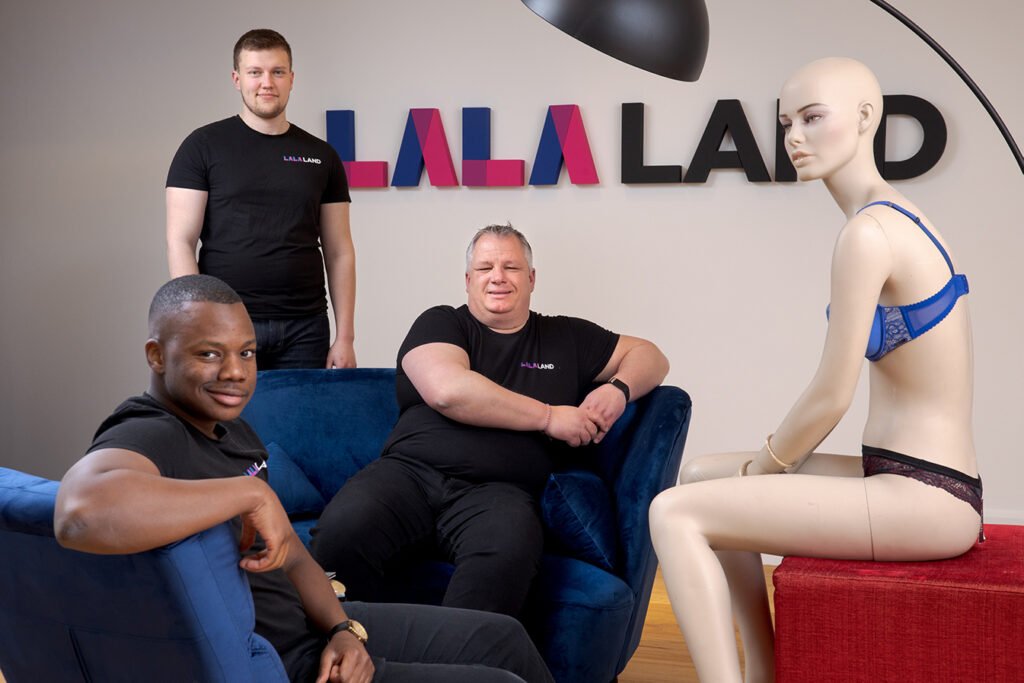
That is exactly the result the founders of Lalaland aimed for. Co-founder Michael Musandu, born in Zimbabwe, found it hard to identify himself with the overwhelmingly white models trying to sell him clothes. Smeeman experienced something similar. “As a plus-sized person, I can return 99 per cent of the clothes I buy online. I have no idea how they will look on me. That’s a big problem we have here. I recognised that, so did Michael. We don’t only have blonde, white, slim people in the Netherlands. So it’s short-sighted to only show them to model your product.”
Select your own model
Smeeman does notice more fashion brands using diverse models. “That’s mostly for their own reputation. We think it needs to be a lot broader and also include body positivity aspects.” Lalaland’s solution makes it possible for people browsing a webshop to easily select certain qualities in the model showcasing the clothes. Selecting age, skin colour or size is as easy as clicking a button. All models are fully digital, no need for dozens of expensive photo shoots.
>> Read also: Culture and innovation: how to get the world of theatre and classical music future proof
This will lead to a more inclusive fashion world, says Smeeman. And there’s more: “The return rate is high. People just don’t know if the clothes will match them particularly. We’ve proven that with our models, webshops can reduce the return rate by about 10 to 15 per cent. This saves a lot of clothing from being destroyed, not to mention that it’s a costly process to have delivery vans driving back and forth for that single item.”
Innovative design leads to more innovation
However, Lalaland’s design is not just an innovation in itself. Smeeman hopes it will lead to other innovations as well. “Digital fashion can sprout new business models. For instance, build-to-order systems where an item is only produced after someone bought it. You see a digital model in the webshop, you click on the buy button and a process starts which will deliver your item in a couple of days. We can cut back on so much waste that way, instead of producing massive collections that will only end up in the sales rack.”
How partnering up with Salesforce helped him succeed!


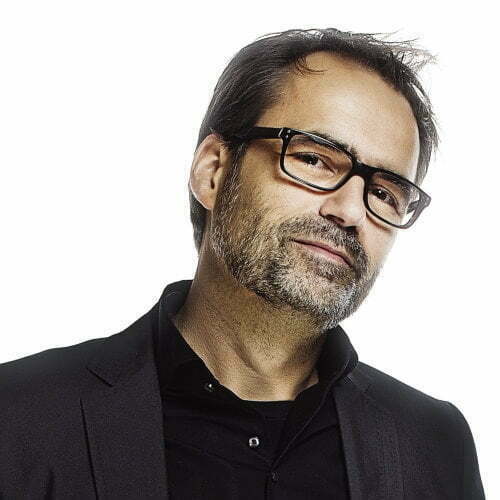
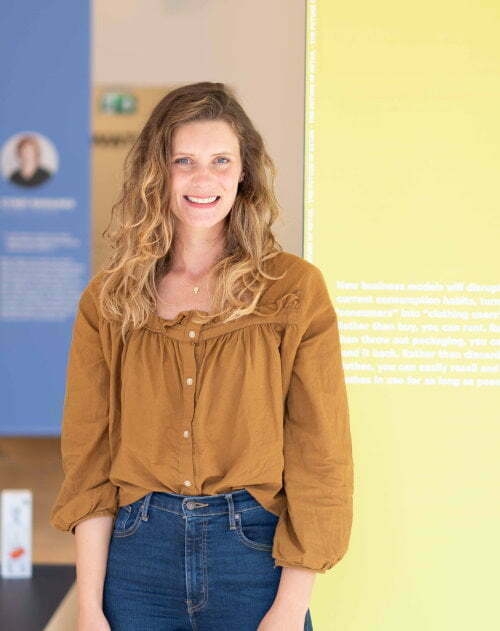
![Read more about the article [DesignUp 2021] ‘The world is ready for a Renaissance 2.0’](https://blog.digitalsevaa.com/wp-content/uploads/2021/06/DUp-1623135330979-300x150.png)




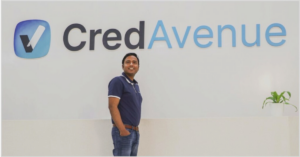
![Read more about the article [Funding alert] Fintech startup Grip Invest raises $3M in Series A round](https://blog.digitalsevaa.com/wp-content/uploads/2021/08/Imagec6co-1628666574930-300x150.jpg)

